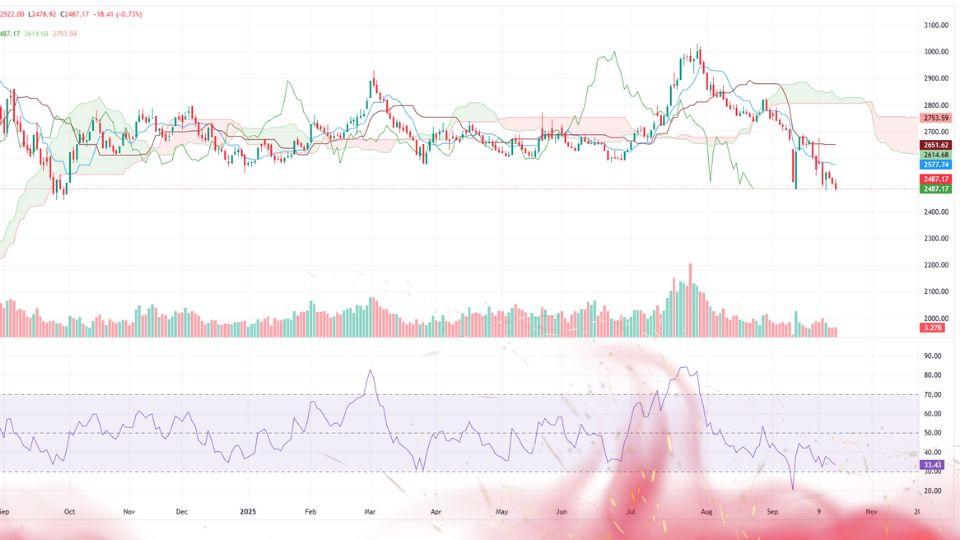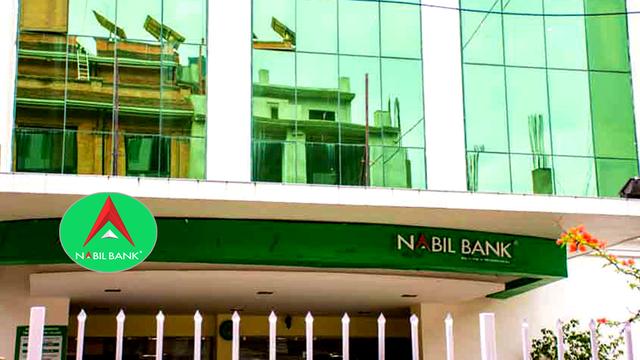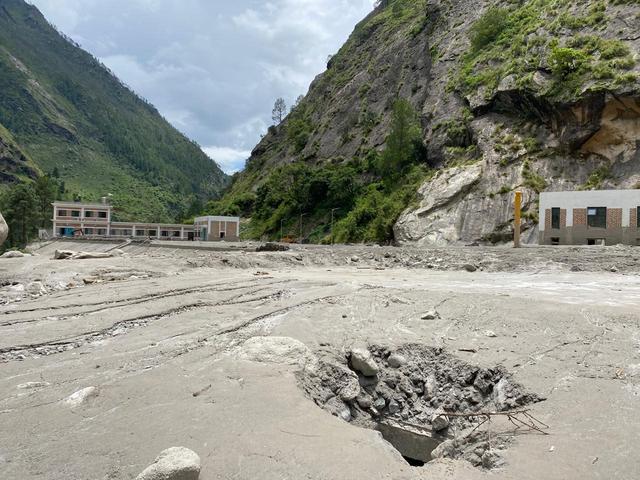Continuous Decline in Share Market: NEPSE Slips to 2,487 Points — Lowest Since Mid-October Last Year
Author
NEPSE TRADING

Nepal’s stock market continued its downward trajectory on Thursday, hitting a new yearly low as investor sentiment remained subdued. The Nepal Stock Exchange (NEPSE) index fell by 18.40 points to close at 2,487 points, marking its lowest level since mid-October last year. The persistent weakness reflects investors’ growing caution amid uncertainty about market stability and policy direction.
The NEPSE index has been falling steadily over the past several weeks. With buying pressure weakening and investors preferring to stay on the sidelines, the overall market mood has turned defensive.
Out of 251 traded companies, the prices of 45 advanced, 197 declined, and 9 remained unchanged.
The overwhelming number of declining stocks dragged the overall index into the red once again, extending the market’s losing streak and eroding investor confidence further.
Total turnover increased slightly compared to the previous day, reaching Rs. 3.27 billion, up from Rs. 3.10 billion on Wednesday.
However, analysts noted that this minor uptick in turnover was driven primarily by short-term traders seeking quick opportunities in small- and mid-cap stocks, rather than by long-term confidence returning to the market.
“Despite an increase in trading volume, the market lacks genuine buying momentum,” said one technical analyst. “Investors are largely in wait-and-see mode.”
Except for the banking sub-index, all sectoral indices ended in negative territory.
Banking: +0.02%
Development Bank: −1.15%
Finance: −1.28%
Hydropower: −1.03%
Investment: −0.49%
Life Insurance: −0.89%
Non-Life Insurance: −0.53%
Microfinance: −0.73%
Manufacturing & Processing: −0.73%
Others: −2.21%
Trading: −0.39%
The broad-based decline suggests that selling pressure has spread across nearly all sectors, leaving few safe havens for investors.
Among the day’s top performers, Himalayan Power Partner Limited surged 9.93%, becoming the best-performing stock of the session.
It was followed by Kalika Laghubitta Bittiya Sanstha (+5.69%), Infinity Laghubitta (+3.89%), and Sagarmatha Lumbini General Insurance (+3.79%).
On the losing side, Samaj Laghubitta Bittiya Sanstha plunged 10%, emerging as the biggest loser of the day.
Unique Nepal Laghubitta fell 7.33%, Samata Gharelu Laghubitta dropped 6.25%, Upper Syange Hydropower slid 4.87%, and Nepal Reinsurance Company declined 4.21%.
Market analysts attributed the fall to profit-booking pressure following short-term gains in recent sessions.
The most actively traded stocks on Thursday included:
Muktinath Bikas Bank
Nepal Reinsurance Company
Shivam Cement
NRN Infrastructure & Development
Himalayan Reinsurance Company
These counters accounted for a significant portion of the day’s total turnover, indicating that while the broader market remained weak, selective trading activity continued.
According to technical analyst Ajit Khanal, the NEPSE index has once again reached the 2,480-point zone, forming a triple-bottom structure — a critical technical support level.
“This region has served as a major rebound zone in the past three instances,” said Khanal. “If the market sustains above 2,480 points, a short-term rebound is technically possible.”
However, he warned that a clear breakdown below this level could intensify bearish sentiment and trigger further downside pressure.
“If NEPSE fails to hold above 2,480, the next potential support lies near the 2,450–2,430 range, but any rebound from this area will depend on investor psychology and liquidity flow,” he added.
Hydropower stocks, which previously dominated trading, saw their share of total turnover drop to 32%.
Meanwhile, trading in development banks and microfinance institutions rose notably, signaling that investors are now focusing on short-term swing opportunities in smaller-capitalization stocks.
Out of the top ten brokerage firms, six recorded higher buy volumes while four recorded more sell orders, showing that some selective accumulation is taking place even amid an overall negative trend.
Although the Securities Board of Nepal (SEBON) recently unveiled its capital market reform roadmap and commitments, its announcements have yet to translate into visible results.
Market participants argue that the reforms remain “policy statements” rather than actionable measures.
“Until tangible steps are implemented, confidence will remain low,” said one senior trader. “Investors want execution, not promises.”
The continuous fall in the NEPSE index underscores the market’s fragile condition. The focus now rests on whether the 2,480-point support zone can hold.
If the level sustains, a short-term rebound may emerge; if it breaks, the market could face a deeper correction.
For now, investors remain cautious, awaiting signs of long-term stability before making fresh commitments to the equity market.



